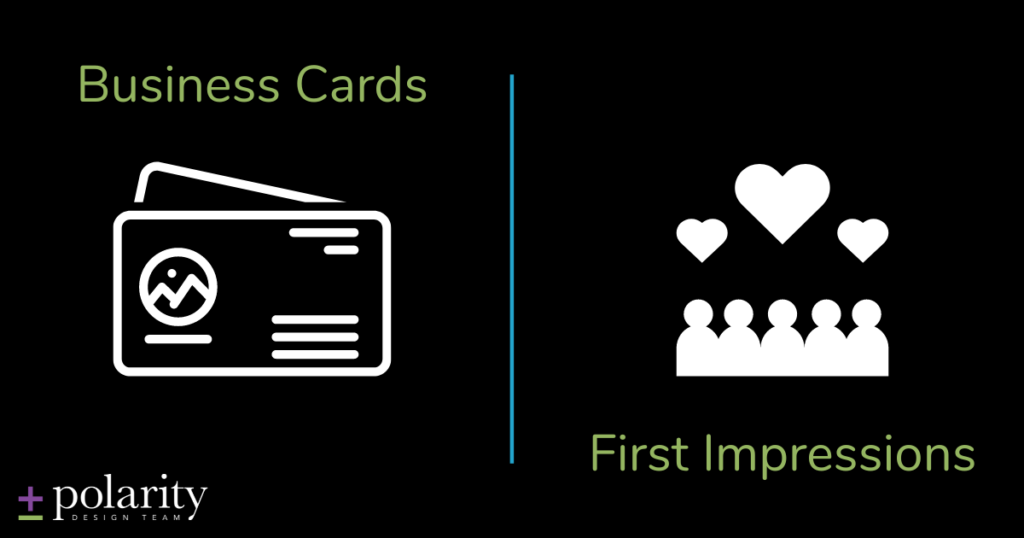Business cards are often the first impression potential clients and customers get of your business. The message your business card sends will dictate what clients think about your company—positive or negative.
There’s an old warning about never getting a second chance at a first impression. The unfair part of these impressions is that they’re hard to overcome, for better or for worse. A great first impression leads to some flexibility with future mistakes or problems. A poor first impression leads to low trust and requires you to go above and beyond what would already be considered “above and beyond” to move that meter even a little bit.
What Your Business Cards Say About You
Business cards may actually be more for form than they are for function, believe it or not. They give a quick glimpse into how you conduct business and handle yourself. If you treat business cards simply as a quick way to hand off contact information, you may be unintentionally putting off customers.
A quick scrap of printer paper with your name and phone number scribbled on it will never impress. We’re not accusing anyone of using scraps as business cards, but you can put off the same “I don’t care” vibe by, if we can be frank, cheaping out.
Not that expensive, ridiculous business cards are always the best call, either. This certainly isn’t a post saying you need gold-dusted business cards made out of patented flexi-platinum with satin embossing to make a good first impression.
We’re pretty sure none of those things exist, but the point stands. We’re simply saying that your business card needs to be intentional.
What Your First Impression Should Be
It goes without saying that your first impression should be positive. However, what that means is different for each brand. You don’t necessarily want your business cards to scream “we’re astronomically expensive and luxurious” if your brand is actually supposed to say “homespun and heartfelt.” You also don’t necessarily want your business card to say “professional and formal” if your business is quirky and casual.
None of these things is better than the other. The important part is that you’re saying something positive—and accurate—about your business and brand. We can’t think of a single scenario in which it would be a good thing to have your business cards look cheap or half-baked.

Quality Business Cards Look Like…
Honestly, anything. You can have basic, white cards that still feel quality and tell clients that you provide quality goods and/or services. You can do this by simply choosing a quality stock and a crisp font. If that’s on-brand for your business, that’s great!
Quality cards that say good things about your business do not have to cost a fortune. And business cards that pull out all the stops and do cost a fortune can risk looking gaudy and tacky. So how do you tell the difference? The trick is to work backwards.
What do we mean by that? Glad you asked. Don’t look at all the options that could work, and then try to make it fit into your positive message. There are literally infinite possibilities when designing your contact cards. Not everything you like is a good fit for your branding, and you don’t need to fit every cool feature onto that little 2”x3.5” box. When done this way, clients are almost always gob smacked by how much it costs, and end up with a garbled, mixed-message first impression.
Instead, first think of what you’d like your first impression to be. Then, work out what you’d like to spend. Then, work backwards into what that looks like. This will narrow down your options to look at, minimize the overwhelm, and ensure your business card is on brand.
Nail Your First Impression
If you’ve nailed down your first impression message, but have no idea how to make your business cards convey that message, you probably need a designer. The world of printing (what the heck is the difference between UV laminate and embossing?) is confusing if you don’t have a translator who is on your team. Give Polarity Design Team a call and we’ll help you navigate the waters to make sure your business cards are telling customers the right thing, right from the start.

